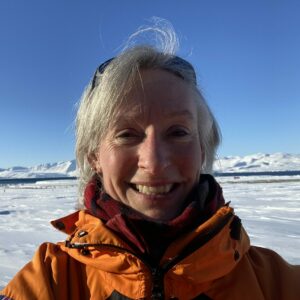The overall responsibility of SciMT is to advise and support the Director of Science on management issues that affect planning and delivery of science on both short and long timescales.
Specific responsibilities of SciMT are:
- to work collegiately to deliver solutions to issues as they arise, for the benefit of the whole Science Directorate and thereby the wider BAS
- to support staff in the Science Directorate to work safely, efficiently, and productively
- to enable information flow between BMT and Science Directorate teams
- to monitor status of finances in Science Directorate throughout the reporting year via Finance updates and respond where required
- to agree nominations for in-year bonuses and rewards for the Science Directorate
Chair: Dr Anna Jones, Director of Science

Director of Science

Science Leader - Polar Oceans

Head of Polar Data Centre

Science Leader

Science Leader

Genetics Leader IMP 3

HR Business Partner

Science Leader IMP 3

Principal Researcher in Environmental AI

Deputy Head of Communications

Terrestrial Ecologist IMP 3

IDP Science Leader IMP 3

Ecological Modeller

Middle Atmosphere Vertical Coupling Analyst

Finance Business Partner, Science and Innovation
